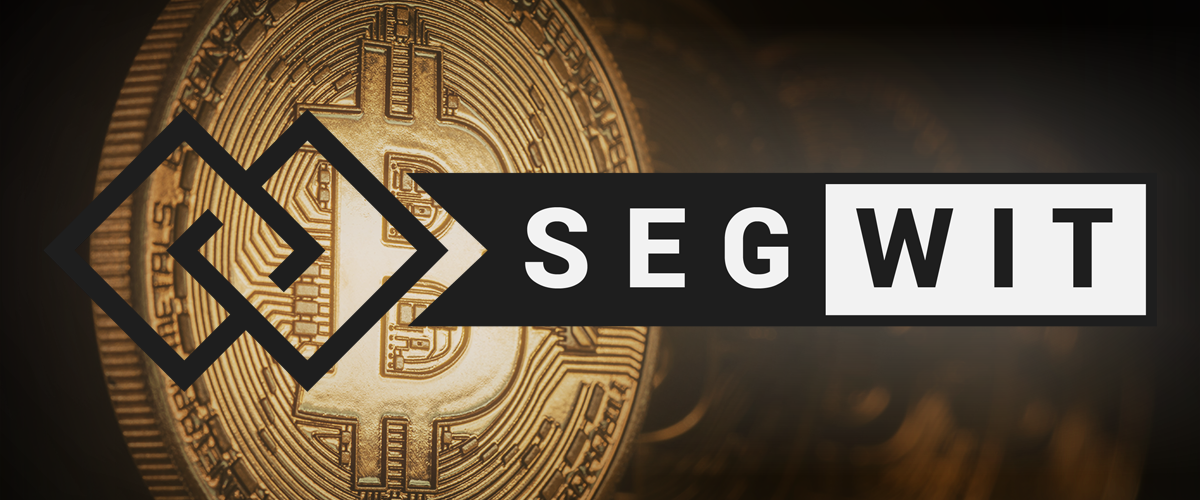Segregated Witness (SegWit) or BIP 141 UASF (User Activated Soft Fork) activated on the Bitcoin blockchain today at block 481,824, bringing the years-long debate over the controversial protocol upgrade to an end according to Segwit.co
This marks Bitcoin’s biggest protocol upgrade in its history thus far.
Earlier this month miners signaled for Segregated Witness rejecting any blocks that did not signal for SegWit (BIP 141) activation.
An additional Bitcoin improvement proposal, known as BIP 91, was activated by the network on July 20th.
BIP 91 was the first crucial step towards implementation of SegWit because the Bitcoin network was then set to automatically reject any blocks that weren’t signaling for the BIP 141 upgrade.
The SegWit proposal was first introduced by Blockstream co-founder Pieter Wuille at Scaling Bitcoin Hong Kong on 7th December in 2015. The alleged fix to Bitcoin’s blockchain to increase scalability and allow more transactions was called a turning point for the pioneer digital currency by technologist Andreas Antonopoulos.
This presentation marks a turning point for #bitcoin
Segregated Witness – #segwit https://t.co/H2AzBy6G8D
— Andreas (@aantonop) December 8, 2015
Earlier in the same year, Blockstream engineers implemented a feature in the company’s prototype sidechain Elements, which was publicly announced in June 2015. This new feature’s goal was to solve the malleability issue on the sidechain by separating base transaction data and witness data into different data structures. This became known as Segregated Witness.
By creating a new part of a Bitcoin block for the witness data, Bitcoin’s block size could also be increased in such a way that non-upgraded nodes wouldn’t notice. Allowing the developers the ability to increase Bitcoin’s block size without increasing Bitcoin’s existing block size limit.
Some critics, including co-founder of BloqInc blockchain Jeff Garzik, predict that widespread adoption of Segwit could take up to a year or more for the technology to be adopted by users, wallets, and exchanges.
This presentation marks a turning point for #bitcoin
Segregated Witness – #segwit https://t.co/H2AzBy6G8D
— Andreas (@aantonop) December 8, 2015
Here are the key things that SegWit enables according to Coindesk:
- It rearranges how data is stored in Bitcoin blocks.
- It boosts capacity while remaining compatible with past versions of the software.
- It removes transaction malleability, a bug that’s been the primary roadblock for many Bitcoin projects.
Because of Segwit’s lock-in and subsequent activation Lightning Network transactions are now possible to be implemented into the Bitcoin Blockchain, according to a rumor circulating online by cryptocurrency analyst Ferdous.
Once the Lightning Network is implemented over top the Bitcoin Blockchain Ferdous said it means “trustless instant nearly zero-fee transactions,” “scaling to billions of users” and “thousands of new apps.”
Although, there is no set date as of yet f0r when the Lightning Network will release on the Bitcoin blockchain. With Segwit changing how data is stored on Bitcoin blocks and removing transaction malleability and the additional features of the Lightning Network these two additions to the Bitcoin network should fix many of the problems that users have had with it.
At the time of this writing, Bitcoin is trading at $4,186.23 (-1.02%) from yesterday, according to Coin Market Cap.
Want an edge in the crypto markets? Subscribe to our free newsletter. Follow Coinivore on Facebook, at Twitter and Steemit.

